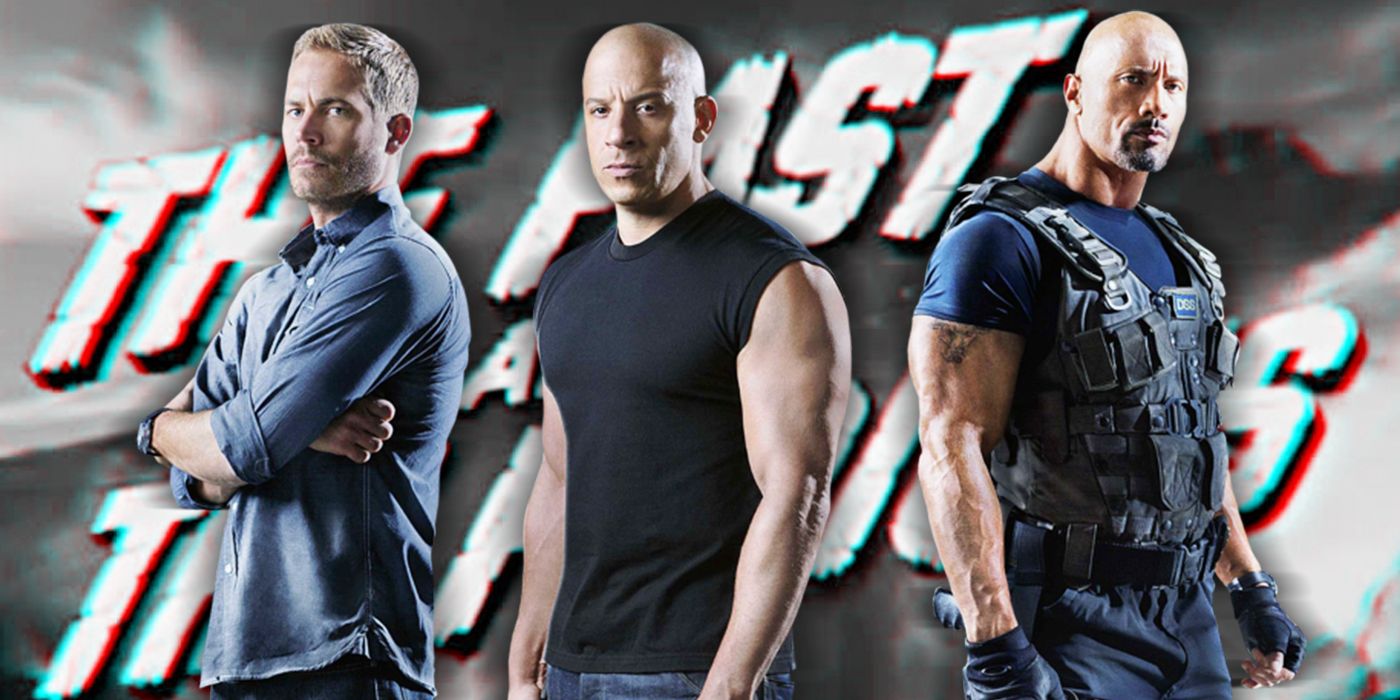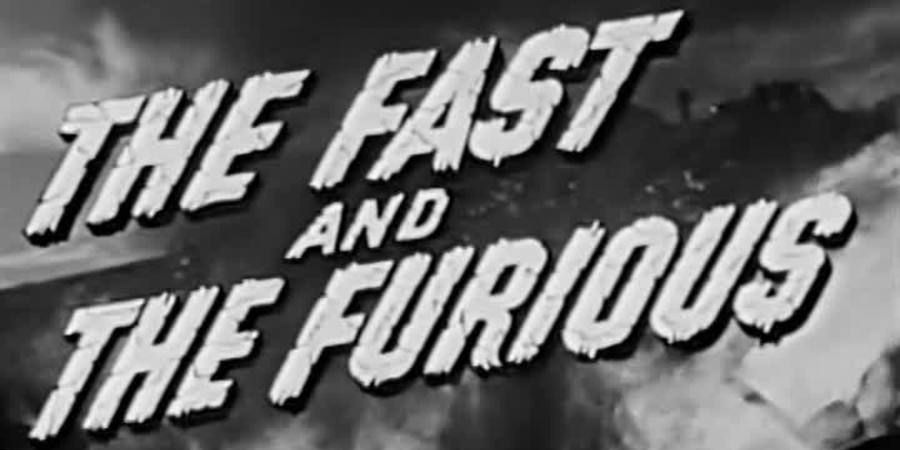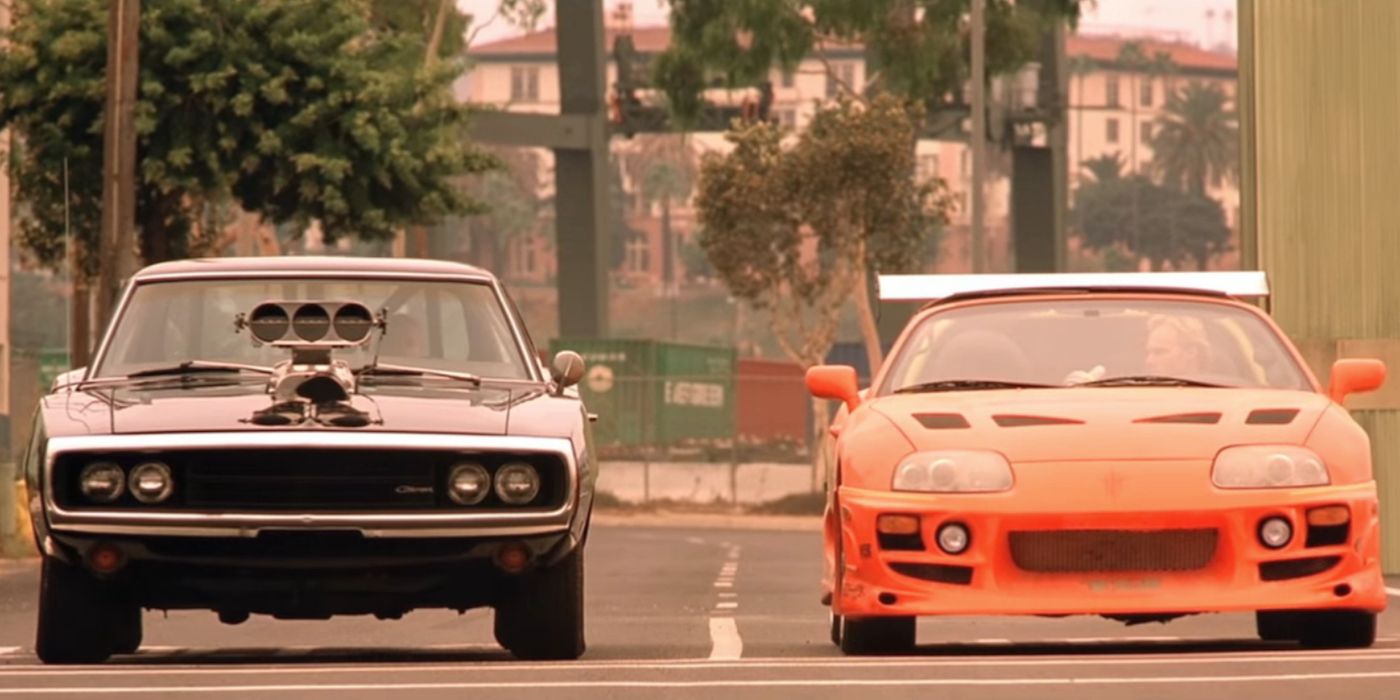The Fast and Furious is a modern blockbuster cinema behemoth. Combining street racing, spectacular action sequences and elements of spy thrillers, it’s grossed billions of dollars worldwide, and will find itself coming to an end after two future sequels announced by Universal last month. However, what many may not know is that the first film took its name from another film, also titled The Fast and The Furious, a modest B-movie produced by film legend Roger Corman all the way back in 1954.
Based off a story by Corman (who, among many things, is famous for producing the series of Edgar Allan Poe films with Vincent Price in the 60s), The Fast and The Furious follows a young racing driver, Connie Adair (played by Dorothy Malone) on her way to a race near the US/Mexico border. When stopping for a bite to eat at a roadside cafe, she is accosted by escaped convict Frank Webster (John Ireland) who was falsely accused of murder. He decides to use Connie's entry into the cross-border race as a way to slip into Mexico and escape.
While the film was made fairly cheaply in 1954 for $50,000, it still manages to contain several impressive sequences and stunts. The opening shows a truck careening off the edge of a cliff and crashing down the side, and the final race and chase — whilst it might seem lackluster by today’s standards — still manages to contain a fair amount of fender crunches and side-by-side action. It has quite a bit of rear-view projection, and some over-cranking (speeding up the footage a little) to try and capture some of the intensity of the story. The 1954 The Fast and The Furious is still an enjoyable (if a little clichéd) experience, especially for those who enjoy older films.
As well as having the name shared, the films also contain similar themes and ideas. There’s an antihero to root for who is trying to evade the law, which is a major component of most of the movies in the franchise. Using race cars as a means to slip across the border is echoed in Fast & Furious, the fourth film of the series, and the shots of the cars slaloming up and down the mountain would remind any fan of the blockbusters of similar scenes in The Fast and The Furious: Tokyo Drift. There's no way to know without verbal confirmation if these aspects were deliberate influences, but the parallels are certainly there, and it's interesting to see how far these racing-themed crime thrillers have come over the decades. It's an ancestor to the 2001 film in more ways than just the name.
After discovering the title of the 1954 film and deciding that the other possible ideas (such as Racer X) weren’t going to cut it, producer Neal H. Moritz said this in a 2015 interview:
“I called up the head of Universal the next morning, and said, 'I think I have a title.' I was embarrassed to say it. 'It should be Fast and Furious.' And there was just silence on the other end of the phone. He said, 'Uh, may-beeee.' And then the next morning he called me, and goes, 'That title stuck with me.'”
After striking up a deal with Roger Corman for the rights to the title in exchange for the use of some of the 2001 film’s stock footage, the name was attached to the little film about street racing and an undercover cop. When the film was released, it took the box office by storm and paved the way for sequels, spin-offs, video games and theme park rides.
The rest is history, but the name of the little crime movie from the 50s lives on, its name spoken by millions without realizing it even exists.



